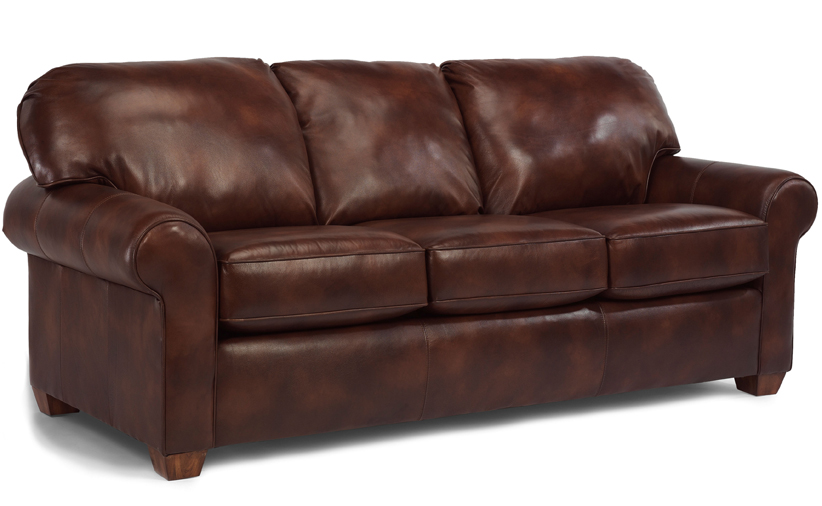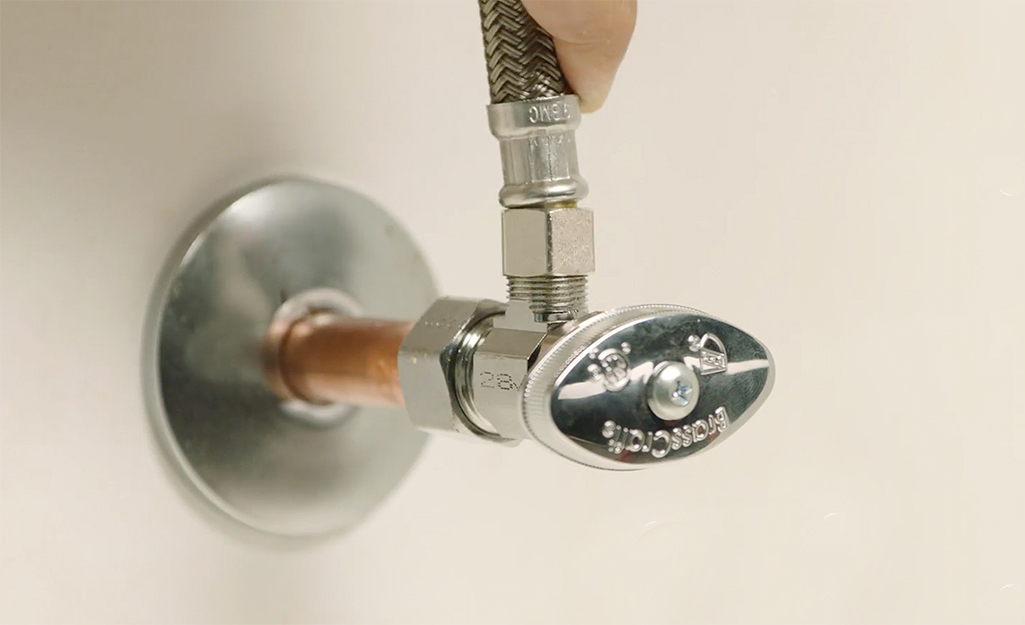The modern style is characterized by clean, minimalist lines, with open, light-filled interiors and striking geometric shapes. It seeks to incorporate the most current trends in home design and technology. As the current style of the 21st century, it has no particular architectural style. Instead, modern designs are often a combination of several different elements, such as glass, stone, metal, and wood. Modern homes are often geometrical in shape, but may also feature sloping rooflines and asymmetrical patterns. The exterior of modern homes need not be geometrical, often featuring sleek curves and rounded exterior features. Interiors focus on clean and uncluttered space, often with large, unobstructed windows to let in natural light. Popular materials used in modern homes include glass, painted steel, aluminum, and wood paneling.Modern House Designs
Contemporary design stands as the exact opposite of the modern style: rather than creating new shapes, it uses existing ones and draws inspiration from innovative ideas. Key features of the contemporary style are bold colors and textures, a mix of materials, such as glass, metal, brick, and wood, and a focus on creativity and function. Builders and homeowners can easily achieve a one-of-a-kind look for their contemporary home by employing unique design elements. Contemporary homes are often quite unique in their architecture, which could include a combination of metal and wood, for instance. The interior of contemporary homes may vary greatly, from spacious interior spaces featuring modern amenities to smaller, more intimate spaces. Regardless of size and design, these homes stand out for their use of innovative materials, colors, and features.Contemporary House Designs
A beach house is a type of home designed to take advantage of the sea shore landscape and airy environment. Beach homes have a variety of architectural styles, but generally include an open floor plan with plenty of windows and balcony for views of the ocean. The exterior of a beach house is often made to match the mood and feel of the environment, featuring natural materials such as wood and stone. Inside, beach house designs feature light-filled and airy spaces with bright, beachy colors. Popular decorating features of a beach house include potted plants, colorful textiles, and extravagant accessories. Beach houses are also often designed to be easily maintained, with porches, patios, and outdoor decks perfect for entertaining.Beach House Designs
The Victorian style of architecture was popular from the mid-1800s to the early 1900s. Characteristics of this style include turrets, steeply pitched rooftops, and intricate gingerbread trim. Exteriors may be constructed from brick, stucco, or wood, and often feature elaborate fretwork trim and matching porch columns. Inside, Victorian homes usually feature large pocket doors, traditional wainscoting, and ornately carved woodwork. Colorful glazed tiles are often found on fireplace mantels, as well as stained-glass windows. Decorating a Victorian home may require a combination of antique and vintage decor, bold artwork, and traditional furniture pieces.Victorian House Designs
Log homes are typically constructed from notched logs which fit together to form a strong, insulated wall, along with a ridgepole which supports the upper structure and roof. Log house designs often feature rustic accents, from hand-hewn log walls to stone fireplaces. These homes are often designed to maximize natural lighting and make the most of outdoor living. Log houses also feature plenty of woodwork, from the log walls to wide-plank wood floors. These homes are a perfect fit with rustic themes, as they bring a sense of heritage and a cozy, comfortable atmosphere.Log House Designs
Traditional house designs are often associated with large homes with grand facades, symmetrical lines, and a mix of old-world elements. Traditional home styles often include porticos columns, double doors, shutters, and detailed cornice work. Interiors of traditional houses feature open common areas, high ceilings, and lots of trim work. They are often designed with rooms which are easily accessible from the entrance and main living areas, without having to go up or down flights of stairs. Decorating trends for traditional homes focus on luxurious textures, a mix of neutral and bold colors, and traditional furniture pieces.Traditional House Designs
Rustic homes draw heavily from the outdoors, featuring natural elements such as wood, stone, earth-tones, and greenery. Rustic house designs may not be traditional in layout, but the look is often inviting and cozy. Exteriors are often constructed from weather-beaten wood and stone, and interior decor and furnishings focus on the natural materials and earthy tones. Rustic homes often feature open floor plans, with cozy, inviting living areas and large windows to let in plenty of natural light. These homes are perfect for those looking to relax and disconnect from the hustle and bustle of city life.Rustic House Designs
Craftsman homes are a unique style of architecture designed to blend in with its natural environment. These homes are characterized by their ornate details, distinctive woodwork, and low-pitched rooflines. They often feature stone accents, and may have anarts and crafts feel, with plenty of stained glass and natural materials throughout. Interiors often feature lots of windows and open-plan spaces, wood beams, tongue-and-groove floors, as well as natural finishes like pine, walnut, and oak. Decorating themes for craftsman houses should be simple and balanced, to help bring out the natural beauty of the home.Craftsman House Designs
The Tudor style of architecture was popular in England from the 16th century. Characterized by its steeply pitched rooflines and decorative half-timbering, Tudor homes are designed to stand out with their striking and elegant architecture. Exteriors often feature stone and brick, adding texture and interest. The interior of these homes may feature elaborate woodwork, ornate fireplaces, grand staircases, high ceilings, and large windows to let in plenty of natural light. Decorating trends for Tudor homes focus on dark colors and rich textures, such as velvet and leather upholstery, and traditional furniture pieces.Tudor House Designs
Colonial homes typically feature a symmetrical frontage and two-story design, with central windows and porches on the ground floor. Colonial homes often have high ceilings, wood floors, and handcrafted woodwork, along with paneled doors and four-over-four windows. The interior of a colonial house is often divided into smaller, more intimate rooms, with plenty of nooks and alcoves for storage. Decorating styles for a colonial home should be simple and charming, often featuring a mix of antiques, natural wood pieces, and pastel colors which reflect the style of the time.Colonial House Designs
Cottage house designs are often associated with small and cozy homes, often with plenty of outdoor living space and a rustic, cozy interior. Cottage homes may feature wraparound porches, with a variety of materials used for the exterior, such as stone, wood, and brick. Inside, cottage homes often feature exposed brick or stone walls, wood beams, and rustic finishes. Furnishings are often comfortable and inviting, with a mix of vintage and traditional pieces. Popular decorating trends for cottage homes include floral patterns, distressed wood, and shabby-chic accents, such as old galvanized buckets and vintage signage.Cottage House Designs
Get Started with Your House Design
 Making the decision to create your own
house design
is a big one! It can be a daunting task to take on, especially if it’s your first time. However, with the right resources it can be made easier. Whether you’re creating a house from scratch or customizing a pre-existing floorplan, there are some basic components you need in order to get the job done.
Making the decision to create your own
house design
is a big one! It can be a daunting task to take on, especially if it’s your first time. However, with the right resources it can be made easier. Whether you’re creating a house from scratch or customizing a pre-existing floorplan, there are some basic components you need in order to get the job done.
Preparing for the Design Process
 Before you start thinking about exact measurements and layouts, take time to evaluate your needs and resources. Consider the goals and purpose for the
house design
. Are you designing for a specific function or purpose? Who will be using the home most frequently and would they have any special requirements? These questions can provide insight into creating a layout that meets your needs. Additionally, you should consider the budget for the construction, potential contractors to hire for the job, and any legal regulations you need to meet.
Before you start thinking about exact measurements and layouts, take time to evaluate your needs and resources. Consider the goals and purpose for the
house design
. Are you designing for a specific function or purpose? Who will be using the home most frequently and would they have any special requirements? These questions can provide insight into creating a layout that meets your needs. Additionally, you should consider the budget for the construction, potential contractors to hire for the job, and any legal regulations you need to meet.
Research & Documentation
 Preparing a
house design
requires a lot of research and writing. It’s beneficial to record your design ideas and research on the same document. This allows you to easily experiment with different concepts and reorganize your ideas. Documenting specific information can include creative sketches, potential layouts, a list of amenities, and detailed measurements. Additionally, keep track of potential materials, contractors, estimated costs, and any other vital information.
Preparing a
house design
requires a lot of research and writing. It’s beneficial to record your design ideas and research on the same document. This allows you to easily experiment with different concepts and reorganize your ideas. Documenting specific information can include creative sketches, potential layouts, a list of amenities, and detailed measurements. Additionally, keep track of potential materials, contractors, estimated costs, and any other vital information.
Structure & Flow
 The structure of a
house design
is often based on the function it needs to serve. The flow of the design is based on the way people move through each room. Think about how the connections between the interior and exterior would improve usability and create the best balance for the space. You should also consider the architecture, such as ceiling heights, open space, planned windows, and doors.
The structure of a
house design
is often based on the function it needs to serve. The flow of the design is based on the way people move through each room. Think about how the connections between the interior and exterior would improve usability and create the best balance for the space. You should also consider the architecture, such as ceiling heights, open space, planned windows, and doors.
Themes & Finishes
 Themes and finishes are components that give the
house design
character. Finishing details refer to the paint, flooring, lighting fixtures, cabinetry, walls, and other features. The selected materials and finishes can tie a design together by creating a unified feeling. Themes can be tied into the design in many different ways, such as the architecture style, the interior decor, or particular colors. When selecting your design components, consider cohesive elements such as geography, art, colors, and fabrics.
Themes and finishes are components that give the
house design
character. Finishing details refer to the paint, flooring, lighting fixtures, cabinetry, walls, and other features. The selected materials and finishes can tie a design together by creating a unified feeling. Themes can be tied into the design in many different ways, such as the architecture style, the interior decor, or particular colors. When selecting your design components, consider cohesive elements such as geography, art, colors, and fabrics.
















































































































